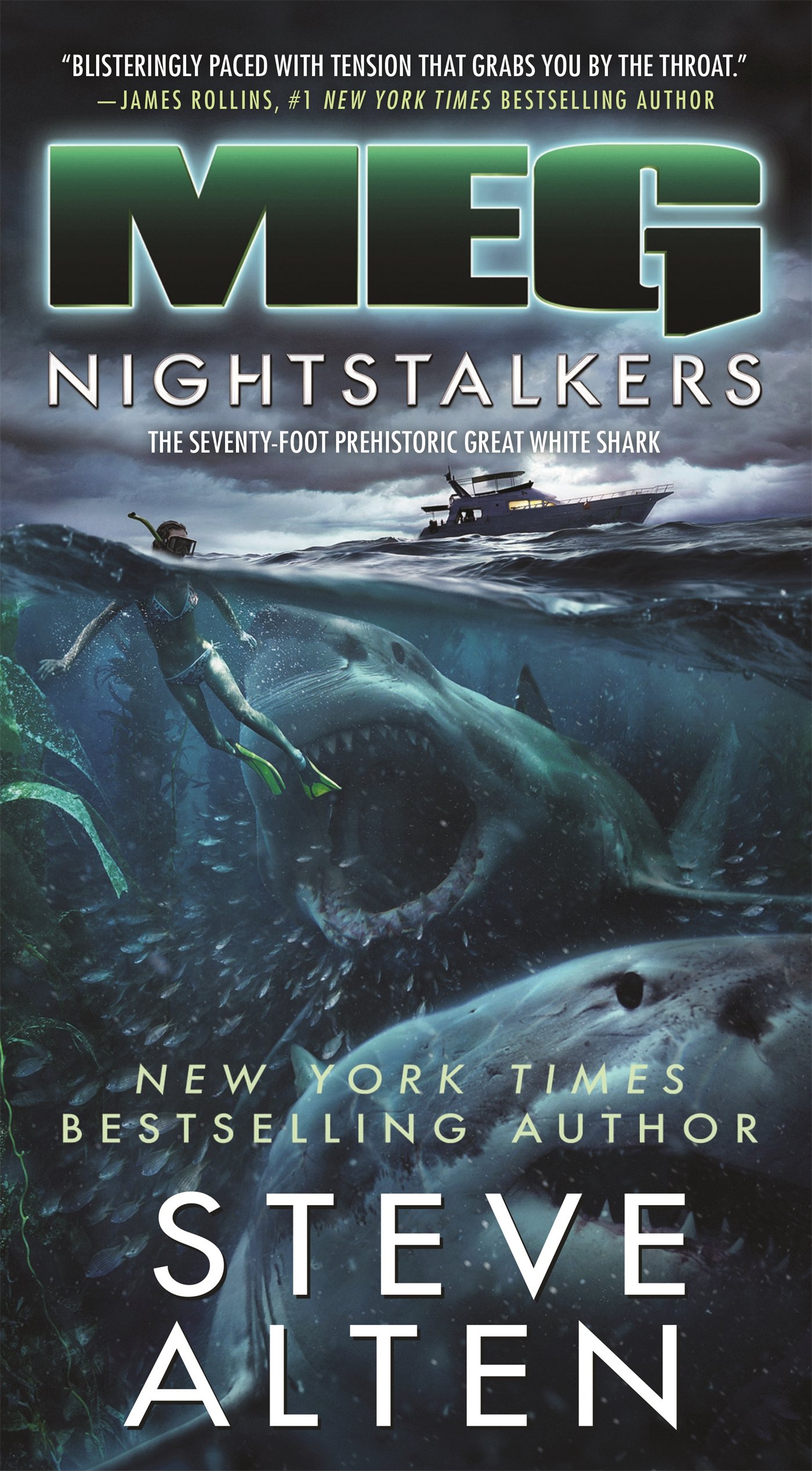

Therefore, the presence of the “Magical Indian” trope in New Moon does a significant amount of damage, creating the perception that Indigenous people only exist in modern society with secret Indigenous magical powers. The genre of fiction and fantasy is extremely popular with younger readers, but fantasy goes hand in hand with fiction, and depicting an ethnicity, race, religion or gender as fictional is inappropriate (Little 2016). Rowling: We’re Not Magical, “ are … fighting every day for the protection of our sacred sites from being destroyed…if Indigenous spirituality becomes conflated with fantasy ‘magic’-how can we expect lawmakers and the public to be allies in the protection of these spaces?” (Little 2016). As Becky Little wrote in her article, Native Americans to J.K. Additionally, in wolf form they possess telepathic abilities with the rest of their pack, as well as the capability to transform into a massive, fast, and strong animal. In human form, the Quileute wolf-pack are extremely fast and strong with elevated body heat, the ability to heal rapidly, and aging that is put on hold while they shapeshift. In legends and stories, Indigenous people who turn into animals are referred to as “skin walkers”, which is a Navajo term for this ability (Little 2016).

In this alternative reality created by author Stephanie Meyers, the members of the Quileute wolf-pack have the ability to transform into werewolves. Although the Quileute tribe in New Moon is based on the real Native American tribe, this film’s depiction associates Quileute people’s current lives, history and traditions with wolves and magic. The werewolves in New Moon are fictional members of the real-life Quileute tribe in La Push, Washington. However, the trope of the magical Indian almost completely cancels out any progress made in the representation of Indigenous people in the Twilight film series. Other stereotypes such as the four D’s are excluded from this film as the Quileute tribe is not depicted as dancing, drumming, drunk or dead. The majority of the Indigenous characters in New Moon are played by Indigenous actors and are not seen wearing beads, braids, or buckskin. This paper will look at these three tropes, analyzing ways the author and director reinforce stereotypes of Indigenous people to create a story from a non-Indigenous perspective. Furthermore, the representation of Indigenous people in this film is problematic: it leaves impressions in young minds about Indigenous culture and portrays Native Americans in tropes such as the “Magical Indian”, the “Romantic Savage”, and the “Ignoble Savage”. There is a very prominent colonial gaze present in this film, as the Quileute men are oversexualized and perceived as dangerous to others. In New Moon, the audience learns that the Quileute people possess the ability to transform into wolves, having superhuman powers in both human and wolf form (Weitz, 2009). The story that began in Twilight expands in New Moon, including a more in-depth look at the traditions and stories of the Indigenous Quileute tribe. This film concerns a love triangle between a vampire (Edward), a human (Bella), and a werewolf (Jacob) that was established in the first film of this series.
Twilight saga cast and characters movie#
New Moon is the second film in the Twilight movie series and is based on the novels by Stephanie Meyer. The jury hopes you enjoy it as much as we did.

The essay won second prize in the Cinema and Media Studies competition in the winter of 2020.


 0 kommentar(er)
0 kommentar(er)
